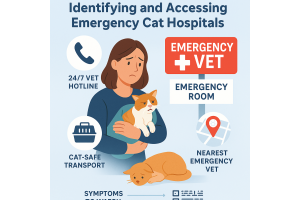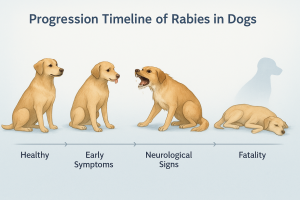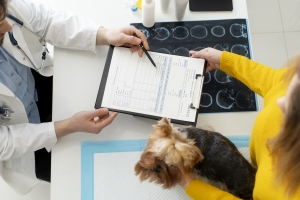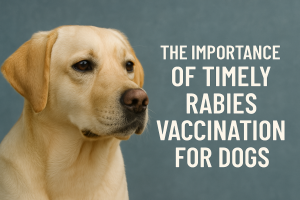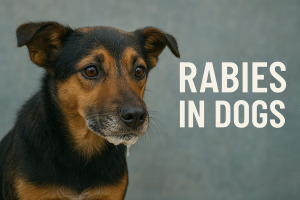Back to Top
Pet Travel- tips to follow! - By Dr. Jiya Verma, Clinical Veterinarian, Gurgaon Branch
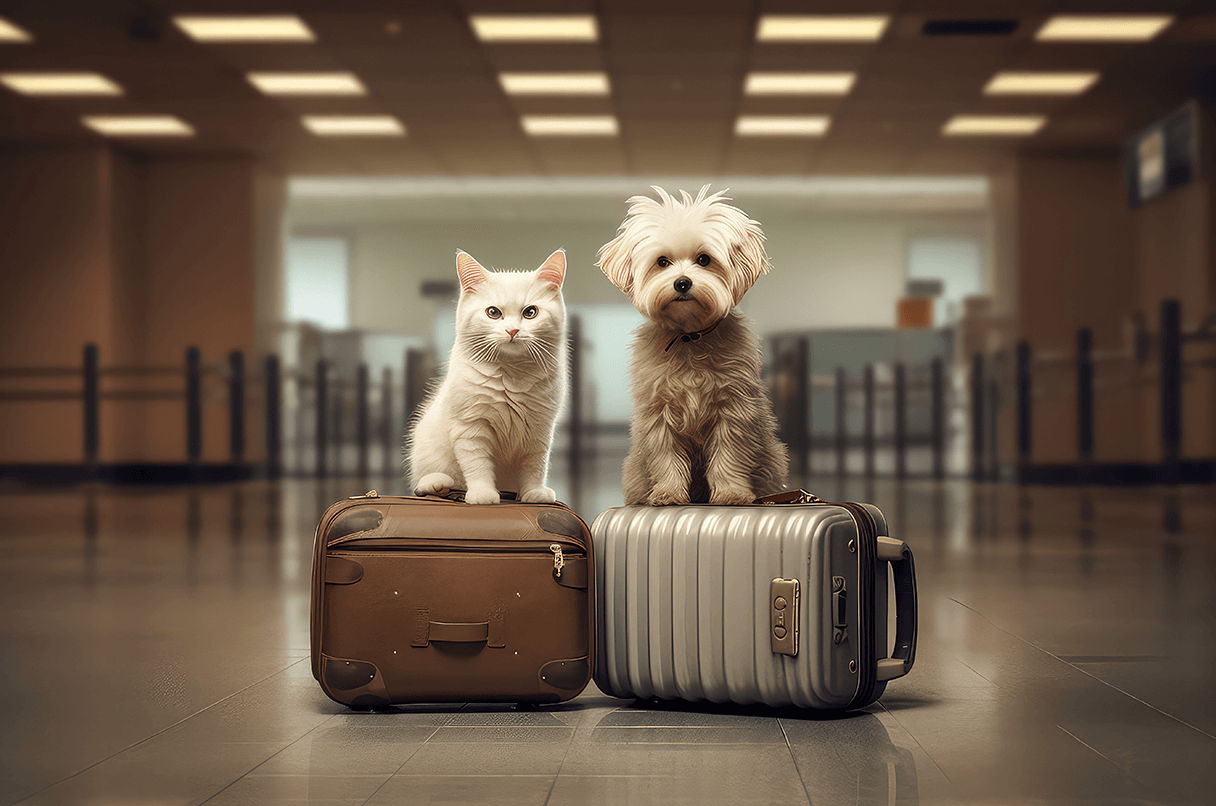
Before travelling:
- Acclimatization- Take your pet for mini rides before planning a long one so that the pet feels safe in the car/train. Most often pets are taken in cars for a visit to the veterinarian. In such cases, the pet may fear car travel. Therefore, the pet should also be taken to places which he/she finds amusing and pleasant like a pet friendly cafe. Provide a favorite toy to the pet during the travel as it helps in reassuring the pet.
- Identification method- It is better to get your pet micro-chipped as it is the best way to identify a lost pet. Your vet can help you in insertion of this small chip under the skin for identification purpose. Another way is to put a collar with the pet’s name and your contact number in case the pet gets lost.
- Full body check-up- Visit your veterinarian and get your pet examined so as to ensure that the pet is in good health and is eligible for travelling. The vet will check the pet’s temperature, heart rate, respiration rate, vaccination and deworming records and suggest a mild sedative, if necessary, based on pet’s temperament and anxiety levels.
- Place of stay- If you are planning to stay in a hotel, be careful to book one which is pet friendly as not all hotels allow animals to stay.
- Sweaters and blankets- If you are planning to travel to hills or a cold destination, don’t forget to take a sweater, shoes and blanket for your pet as well especially for the short haired breeds to prevent them from catching cold.
- Litter box- It is best to carry a litter box for your cat or puppy during a journey as they may not feel comfortable to pee or poop outside in unfamiliar surroundings.
During the travel:
- Bowl, food and water- When it comes to pets, BYOB i.e. Bring Your Own Bowl is best. Familiar bowl makes the pets feel less stressful. The usual brand of dog food should be sent along with the pet during air travel. Only water from home or bottled water should be given. Water from roadside taps or restaurants should be avoided as it may lead to travel diarrhoea or other infections.
- Loading and unloading- Ensure that the process of loading and unloading is done smoothly without any high jumps especially for small breeds as they may get sprain or fracture while jumping. In case of air travel, try to reach the airport well in time and drop and pick up the pet promptly.
- Use of carriers- Whether you have a small sized breed or large one, it is best to secure it in a carrier affixed to the back seat. This will keep the pet from slipping or sliding at bends or sudden jerks and also prevent them from distracting the driver. This will also prevent them from peeping out of the window which can otherwise also result in injuries. Make sure that there is enough space for the pet to lie down as well as to turn around and also that the carriers are pet friendly and don’t have any sharp edges. The bedding should be made of adsorbent material to prevent infection as well as foul odor.
- Long halts or uninterrupted journey- Avoid long travels but if it is still necessary then make sure that the pet gets pee and poop breaks at sufficient intervals approximately every 1.5 to 2 hours apart. Give them a walk in between and change the side on which they sit to prevent muscle pain. If you plan to stop for sufficient time, it’s best to unload your pet too so as to prevent unnecessary restlessness and also to give them time to stretch out. Never leave your pet in a closed car as a closed car heats up rapidly and may result in heat shock or cools to low temperature, depending upon the weather.
- Food and water- Give some light meal about 1 hour before the commencement of the journey. Give appropriate anti- emetic or other medicines for motion-sickness before starting the journey. Provide meals at usual intervals but never feed food or give water in a moving car.
- Vaccinations and anti- parasitic treatment- Travelling causes stress which can make your pet more susceptible to some diseases. Therefore, always ensure that your pet’s vaccinations are complete. Also, it is best to keep their tick, flea and mite treatment updated. It is mandatory that your pet’s vaccinations are complete.
- First aid kit- Keep necessary medicines, bandages and ointments to be used in case of any emergency as per your veterinarian’s advice.
Hoping the above tips make the journey and the vacation an enjoyable experience for you as well as your furry friend. Have a safe trip!
References
- Travel by car- Merck veterinary manual
- 10 Tips for Safe Car Travel With Your Pet - WebMD Veterinary Reference from the ASPCA
- Travel Safety Tips- ASPCA

